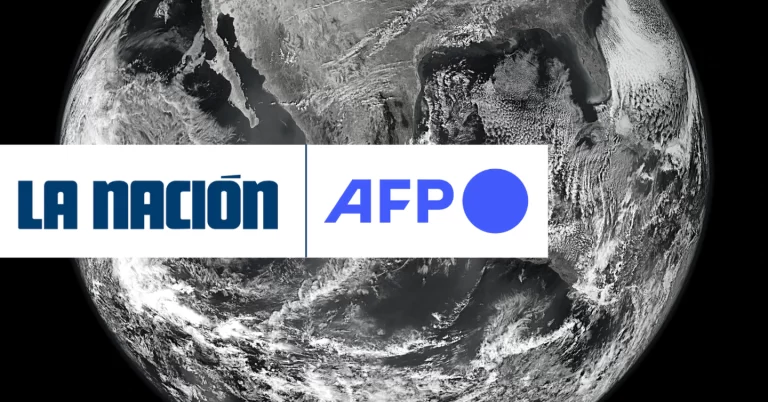
North Korea fired an intercontinental ballistic missile (ICBM) on Thursday, said South Korea and Japan, who were outraged at Pyongyang’s most powerful test since 2017.
The White House “strongly” condemned the test that “unnecessarily increases tensions” and promised to “take the necessary measures to ensure the security of the United States, South Korea and Japan,” said its spokeswoman Jen Psaki.
In Seoul, the South Korean military announced a barrage of land, air and sea missiles in response. And Japan called the firing of the projectile, which fell within its exclusive maritime economic zone, “scandalous and inexcusable.”
North Korea has deployed a dozen missile tests this year in an unprecedented series defying United Nations sanctions over its weapons and nuclear program.
Pyongyang had officially suspended long-range tests while leader Kim Jong Un engaged in high-profile negotiations with former US President Donald Trump, which collapsed in 2019 and have been stalled ever since.
This was a “breach of the suspension of intercontinental ballistic missile launches promised by Kim Jong Un to the international community,” outgoing South Korean President Moon Jae-in said in a statement.
“It poses a serious threat to the Korean peninsula, the region and the international community,” he said, adding that it was also a “clear violation” of UN Security Council resolutions.
The missile was launched on Thursday before 4:00 p.m. (07:00 GMT) from the capital’s Sunan district, probably in the same area from where a failed test was carried out last week, and drew a parabola of 6,200 kilometers, indicated the Joint Chiefs of Staff. from Seoul.
According to Japanese Deputy Defense Minister Makoto Oniki, the missile flew for 71 minutes and landed about 150 km west of its northern coast, within its exclusive economic zone.
North Korea is threatening “the peace and security of Japan, the region and the international community … This cannot be accepted,” Japanese Prime Minister Fumio Kishida said.
“This is a scandalous and unforgivable act,” added the leader, who is in Brussels for a meeting of G7 leaders.
North Korea has long aspired to have an ICBM capable of carrying multiple warheads and, according to the United States and South Korea, has been testing the Hwasong-17, a powerful intercontinental missile first unveiled in October 2020.
Despite tightening international sanctions, Pyongyang is clinging to Kim Jong Un’s program to modernize its military.
Last week it carried out a failed test that, according to analysts, would be a Hwasong-17 that exploded in mid-flight over its capital.
“Pyongyang tried to fire an ICBM at Sunan airport last week but failed,” said Go Myong-hyun, a researcher at the Asan Institute for Policy Studies.
“So it has launched today to fix that bug and because it needs to complete its ICBM technology immediately,” he added.
The United States and South Korea warned this month that Pyongyang was preparing to launch an ICBM and had launched components of the Hwasong-17 disguised as space satellites.
North Korea had fired three such missiles, the last of them in November 2017, the Hwasong-15, which was considered powerful enough to reach the continental United States.
“Kim Jong Un wants to establish himself as the leader who successfully developed nuclear weapons and ICBMs,” Ahn Chan-il, a professor of North Korean studies, told AFP.
These launches come on the eve of the 110th anniversary of the birth of North Korea’s founder and grandfather of current leader Kim Il Sung. The regime usually celebrates these events showing its military capacity.
In addition, Pyongyang is taking advantage of international instability due to the invasion of Ukraine, which has further alienated Washington with Moscow and Beijing, as well as the transition process in South Korea until the president-elect Yoon Suk-yeol takes office in May.
“Kim probably feels that it is the perfect time to develop ICBMs,” Ahn Chan-il said.
sh/ceb/ssy/bl/mis/sea/dbh/sea